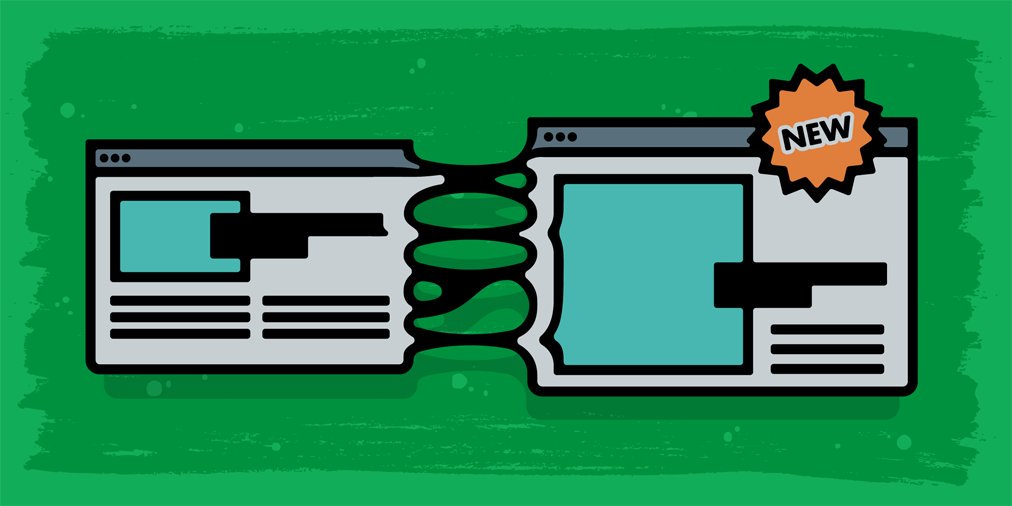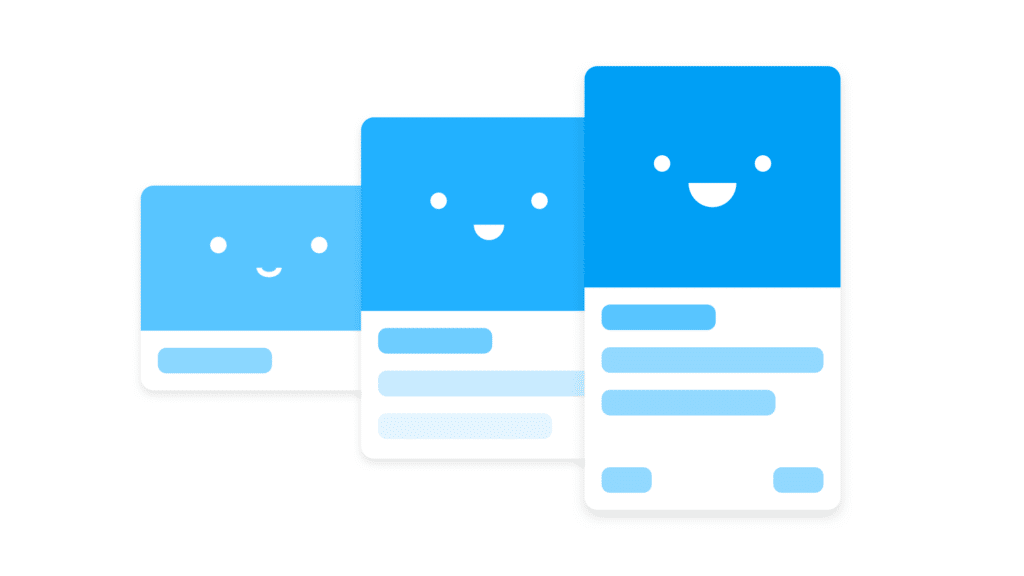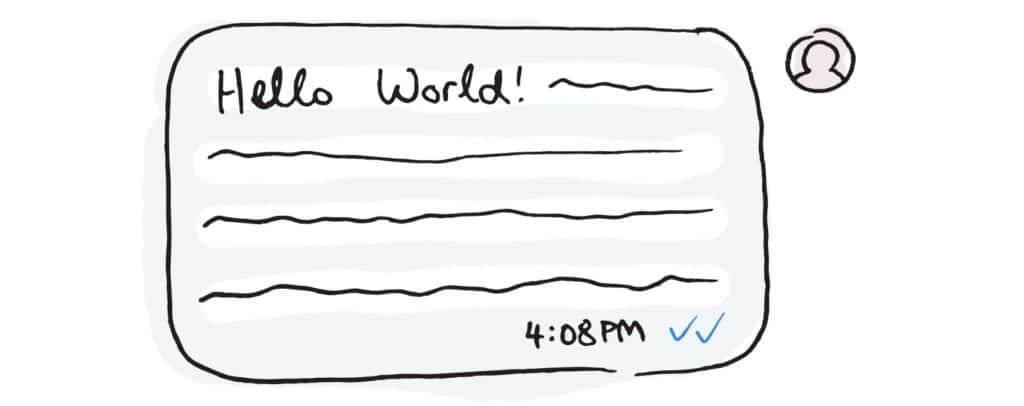BY Elsa Plumley, Terika Seaborn-Brown
Relaunching an existing digital product can be both an exciting opportunity to improve your product’s performance and an unnerving mission to satisfy your customers’ needs and expectations. To succeed at both, you need to manage the process carefully.
Digital relaunches have the potential to be disruptive to your customers’ daily lives. Humans are programmed to notice change. When it disrupts habits and creates additional effort, we can have a negative response to it.
People are more likely to notice change in systems that are familiar or which they use frequently. And change is perceived as more disruptive when they are trying to achieve a time-sensitive goal, compared to when they are in a more relaxed frame of mind.
It happens even if customers love your product or brand. Regardless of whether you’re Apple, Google or Facebook you are not exempt from this reaction to changes in a well-known product or service.
Take some of the initial feedback on the iPhone X interface as an example (or any of the previous iPhone launches which have involved a shift in the hardware or interface for that matter). People have been vocal about their adversity to the change of gestural patterns. Apple users are not familiar with the gestures and they involve some work on their part to get used to them. Over time, they will get used to these changes, but for now, they seem like a big deal to users.
If you are relaunching a well-known platform, product, or service you need to know how to minimise the negative response to the change. Below we offer seven rules of thumb to help you plan, design and manage your digital relaunch project in a way that will minimise its risk.
1. Design with user input and validation
Involving users throughout the product and interface design process will help to ensure that you are building something which solves an actual user problem.
Conduct research at the start of design to understand what issues people are encountering with the current version of your product and what they really want, and need, from an improved product.
Once you’ve started designing the interface, carry out frequent usability testing to ensure your intended solution actually solves the problems you’ve identified, and that the new designs are easy and intuitive to use.
2. Run a beta phase before full launch
A beta phase allows you to release the product to a small group of customers and evaluate their reactions, before it’s released to the wider public.
This phase allows you to identify any major design, interaction, or performance issues once the product is ‘in the wild’ (albeit in a controlled environment) and rectify them before they impact the whole user base.
Make sure you have processes in place to gather customer feedback and performance data during the beta phase. Having this data will allow you to get the most out of the beta and mean that you can build user feedback into your design with ease.
3. Communicate to users that change is coming
Tell customers about the change before it happens, to give them time to get used to the idea and realign their expectations. This will make the change less disruptive, allowing them to plan around it if needed.
Make sure you communicate this change through multiple channels. This will help to reduce the likelihood of customers missing a key communication and being caught off guard once you relaunch.
In your communications, explain the rationale for the change and the benefits it will have for the user. If you educate people about how the change provides value it may help reduce any negative responses.
If possible, test the messages you intend to use as part of your pre-live research and beta release too, so you can ensure they have the right impact. This can provide you with insight about how improve the messaging before full launch.
4. Prepare yourself (and your boss) for some negative reactions
You are likely to get some negative feedback from customers, even if you have designed something great, because you have disrupted their routine and created some (temporary) additional effort.
If this is the first time your team is relaunching a product, this reaction might surprise you, or your boss. Before relaunch, remind yourself and your key internal stakeholders that initial negative reactions are normal and should be expected.
Make sure that you closely monitor:
- What the reaction is
- How strong it is
- How long it lasts
If it lasts for longer than a few weeks, there may be a genuine problem with the interface, product or communications you’ve sent your customers. If ongoing issues persist more extensive user research will be required to pinpoint and address them.





